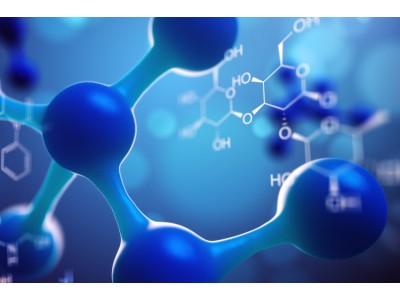| Bioactivity | Iron dextran (Fe dextran) can be used in the study of iron-deficiency anemia in animals[1][2]. | ||||||||||||
| In Vivo | Iron dextran (FeDex, IP, 4 weeks, 300 μL of 10 mg) treatment does not increase NSR iron but causes iron-trapping in the tetinal vasculature[1].Four weeks of IP FeDex injection in 2-month-old WT mice leads to iron accumulation in the RPE and rVECs, but did not increase NSR iron or induce photoreceptor degeneration[1]. Animal Model: | ||||||||||||
| Name | Iron dextran | ||||||||||||
| CAS | 9004-66-4 | ||||||||||||
| Appearance | Liquid | ||||||||||||
| Transport | Room temperature in continental US; may vary elsewhere. | ||||||||||||
| Storage |
|
||||||||||||
| Reference | [1]. Wanting Shu, et al. Iron Accumulates in Retinal Vascular Endothelial Cells But Has Minimal Retinal Penetration After IP Iron Dextran Injection in Mice. Invest Ophthalmol Vis Sci. 2019 Oct 1;60(13):4378-4387. [2]. D. R. ZIMMERMAN, et al. INJECTABLE IRON-DEXTRAN AND SEVERAL ORAL IRON TREATMENTS FOR THE PREVENTION OF IRONDEFICIENCY ANEMIA OF BABY PIGS x. Journal of Animal Science, Volume 18, Issue 4, November 1959, Pages 1409–1415. |
